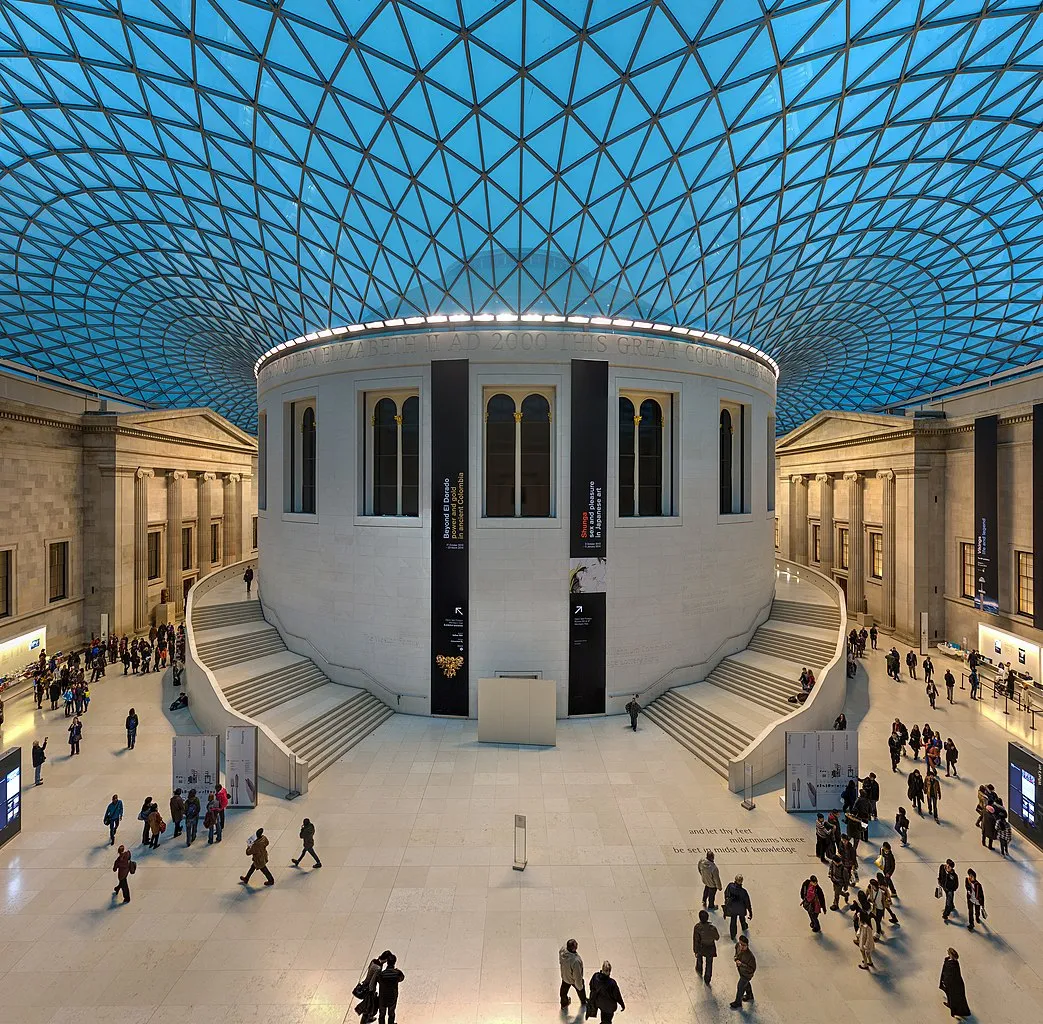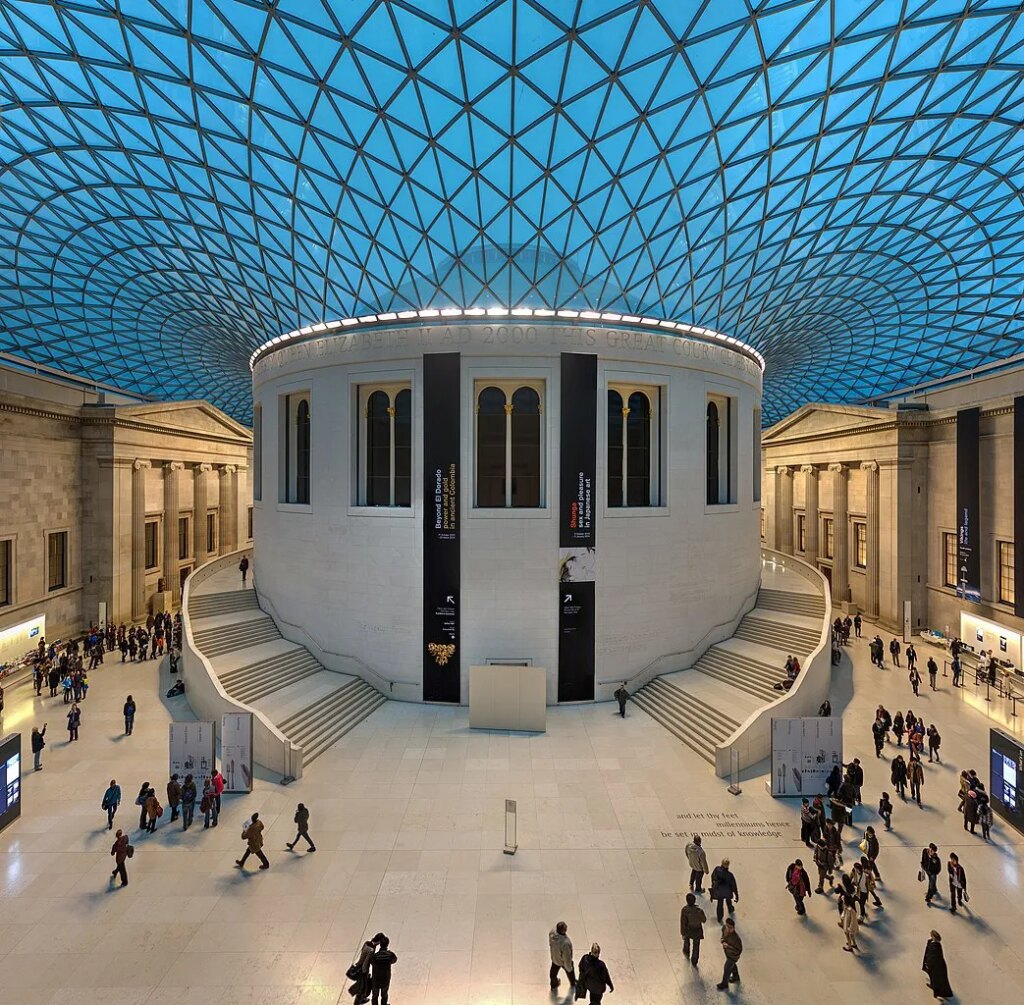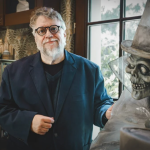
To receive Morning Links in your inbox every weekday, sign up for our Breakfast with ARTnews newsletter.
THE HEADLINES
NUMBER CRUNCHING. Arnet News looked at the auction spreadsheets to determine which house boasts the strongest standing so far this year. Christie’s generated nearly $1.5 billion in fine-art sales during the first half of 2025, down 1.9 percent compared to the same period last year. The house achieved the year’s highest auction price so far in May with Piet Mondrian’s Composition with Large Red Plane, Bluish Gray, Yellow, Black and Blue (1922), which sold for $47.6 million—just below the artist’s record. The piece was the highlight of Barnes & Noble founder Len Riggio’s collection, which brought in a total of $271.9 million. Sotheby’s reported $1.2 billion in sales, a 14 percent year-over-year decline. However, that marks a significant improvement over the 31.2 percent drop between the first halves of 2023 and 2024. The auction house also reversed a widely criticized fee structure introduced in May 2024. Phillips saw the steepest decline, with sales falling 24.5 percent year-over-year to $190.1 million for the first six months of 2025. As always, these figures exclude private sales and reflect total revenue, not profit—so they don’t account for potential margin pressures from consignor agreements.
HAVING A BALL. To promote the British Museum’s inaugural ball, its director Nicholas Cullinan writes in The Art Newspaper that he has always found October to be “one of the most exciting times to be in London.” “The Frieze art fair draws artists, collectors and curators from around the world, not only to see great art, but to experience London at its best. It reminds me why London is so special: it is a city where different ideas, people and cultures can come together from around the globe to create something truly unique,” he says. “It is in this spirit that I wanted to do something new at the British Museum. On October 18 we will host the inaugural British Museum Ball —a new annual highlight in London’s social calendar designed to champion the importance of art and culture, connection and creativity—and celebrate this city and the UK’s commitment to it.” In essence, Cullinan explains, the ball is about harnessing—and celebrating—the incredible convening power of our capital, “a city that for centuries has been a melting pot of people, trade and ideas. And what better place to host such a moment than the British Museum? The most visited building in the UK, and one of the greatest museums in the world, the museum is a physical expression of London’s cultural magnetism and its global reach, with 6.5 million visitors—60 percent of whom are from outside the UK.”
THE DIGEST
Today, Sotheby’s opens its first public art exhibition in Abu Dhabi—a group of six works collectively valued at $150 million by Vincent van Gogh, Paul Gauguin, Frida Kahlo, Edvard Munch, René Magritte, and Camille Pissarro. They are being shown at the Bassam Freiha Art Foundation until October 2 before heading to New York for the fall auctions. [Sotheby’s]
UNESCO launched its Virtual Museum of Stolen Cultural Objects, which reconstitutes and presents objects in three-dimensional form using the United Nations cultural body’s database of looted artefacts. [The Art Newspaper]
Colossal Magazine brings you the best open calls, residencies, and grants for artists thisOctober. [Colossal]
Heritage Auctions sold the first part of Guillermo del Toro’s famed “Bleak House” collection, raising $1.65 million in the process. It’s the first time the Oscar-winning filmmaker has offered works from his personal archive, which spans decades of collecting art, props, and rare objects tied to his fascination with the macabre. [Hypebeast]
The Kicker
A LITTLE CAGEY. The New York Times writes about Tehching Hsieh, whose yearlong performance art pieces were some of the most grueling the medium has ever seen. A retrospective at Dia Beacon examines his work, including the time he spent one year confined in a tiny space. “’This is home,’ the artist proclaimed proudly,” the paper reports. “[The artist] was sitting on the edge of a discolored mattress inside a 9-by-11.5-foot cage. He occupied this tiny space from September 30, 1978, to September 30, 1979, as part of a performance artwork that has become the stuff of legend. He did not talk, read, write, listen to the radio or leave the enclosure for one year. Almost five decades later, Hsieh cheerfully offered a reporter a tour of the cage, which he was reassembling the piece in the basement of Dia Beacon, a factory-turned-museum in New York’s Hudson Valley . It is a centerpiece of his first retrospective, which opens on October 4 and runs for two years.”


